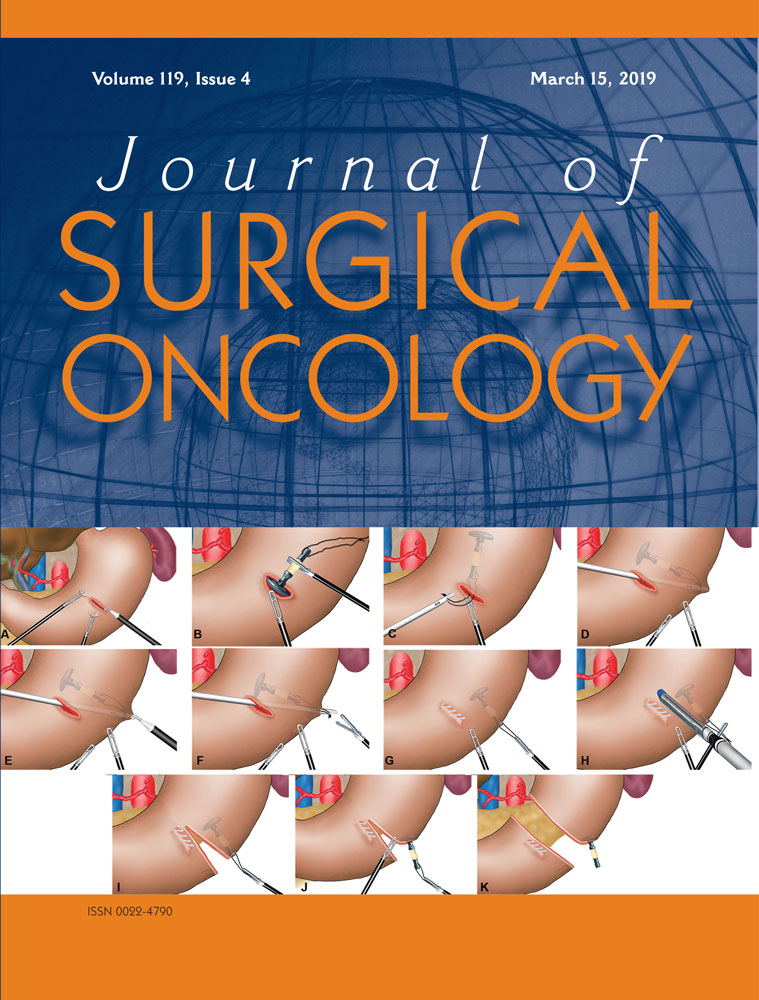Sentinel lymph node nonvisualization after intratumoral radioisotope tracer injection in breast cancer is not associated with a higher nodal metastasis rate or worse outcomes
Abstract
Background and Objectives
Preoperative lymphoscintigraphy does not always visualize a sentinel lymph node (SLN). The study aim was to investigate whether persistent nonvisualization after additional single-photon emission computed tomography (SPECT)/CT or a second radiotracer injection in breast cancer patients is associated with nodal metastases or worse outcome due to potential understaging and consequently undertreatment.
Methods
Altogether 2042 consecutive SLN procedures were evaluated. All patients were clinically node-negative, underwent axillary ultrasound and fine-needle aspiration cytology (US/FNAC) of suspicious nodes. Lymphoscintigraphy was performed at 3 to 4 hours after intratumoral injection of 99mTc-nanocolloid. SPECT/CT or a reinjection was performed when initial lymphoscintigraphy showed nonvisualization.
Results
Persistent nonvisualization was seen in 170 of 2042 procedures (8.3%). The nodal metastasis rate was 16.0% vs 18.0% for procedures with nonvisualization vs SLN visualization, respectively (P = 0.593). The regional recurrence rate of tumor-negative SLN biopsy procedures was equal between the nonvisualization (0.7%, 11 of 1535) vs visualization (0.7%, 1 of 144) group. Median follow-up was 48 months. Distant–metastasis free interval and overall survival was not significantly different between both groups ( P = 0.164 and 0.208, respectively).
Conclusions
Persistent nonvisualization after lymphoscintigraphy plus SPECT/CT or radiotracer reinjection is not associated with a higher nodal metastasis rate or worse long term outcome when preoperative US/FNAC is performed.




